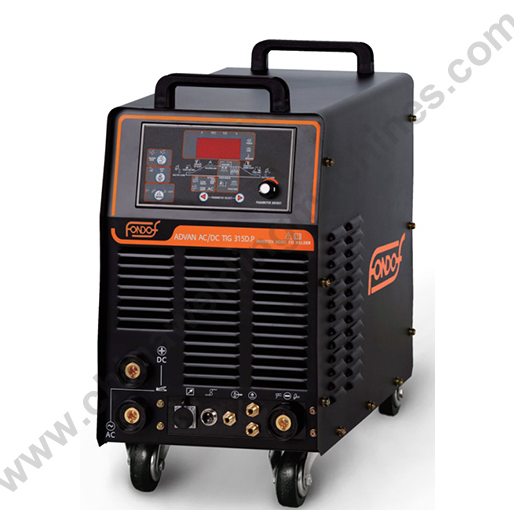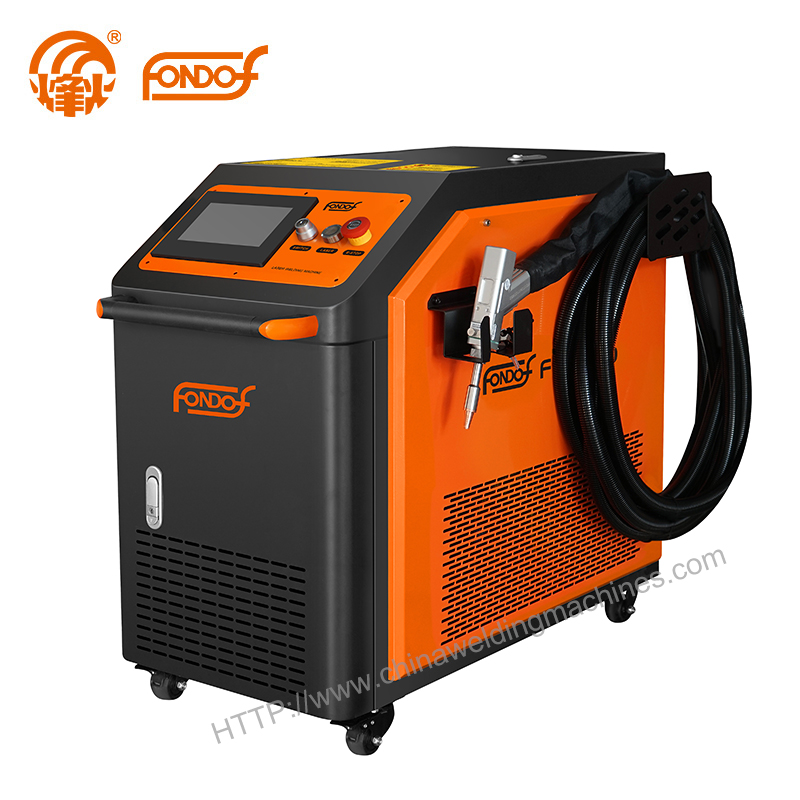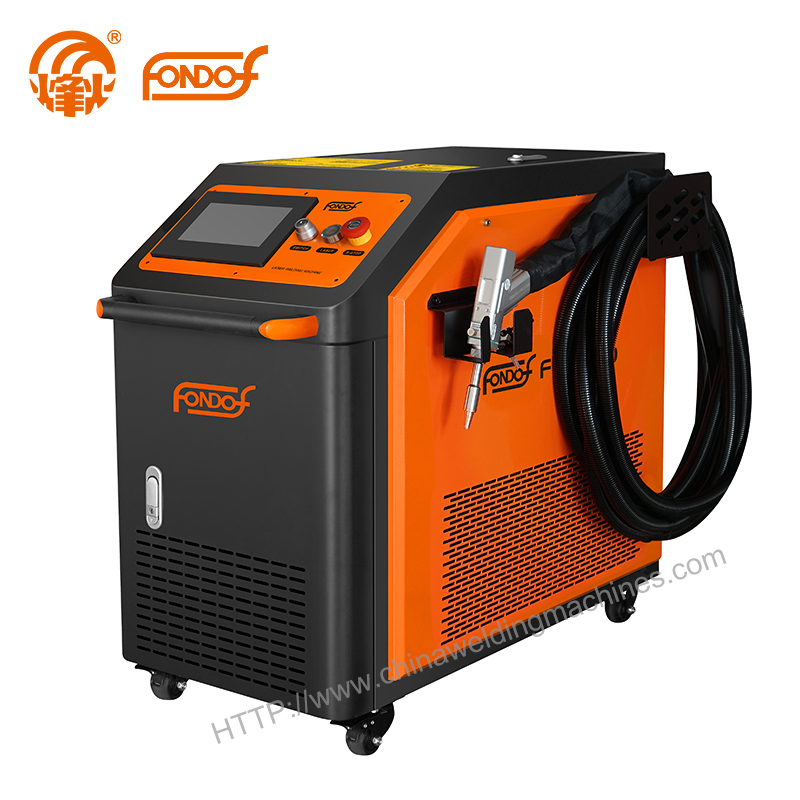Pros & Cons of AC vs. DC Welding
 Oct. 16, 2024
Oct. 16, 2024
Understanding polarity is crucial in welding, as selecting the right one can significantly impact the strength and quality of the weld. Using the incorrect polarity can lead to issues such as poor penetration, excessive spatter, and reduced control over the welding arc.
Welding experts often debate the advantages and disadvantages of AC versus DC welding. The primary distinction lies in polarity: AC (alternating current) rapidly switches between DC negative and DC positive, while DC (direct current) maintains a consistent polarity to deliver electricity to the electrode. Your choice between these two will depend on various specific factors, so here’s what you need to know:
AC Welding Definition
AC welding utilizes an alternating current during the welding process, with the current reversing direction multiple times per second. For example, a 60-hertz current alternates its polarity 120 times per second. This reversal of the magnetic field and current direction results in a more stable arc, particularly when working with magnetic materials.
DC Welding Definition
DC welding employs a direct current that flows with a constant polarity in one direction. The current can be either positive or negative: with positive polarity, the flow goes from the welder to the workpiece and electrode, then back to the welder; with negative polarity, the flow moves from the welder to the electrode, then to the workpiece, and back to the welder. Electrode positive welding provides deeper penetration, while electrode negative offers faster deposition rates.
AC Welding vs. DC Welding
While DC welding is generally preferred for most applications, AC welding is effective for specific scenarios. It excels in TIG welding aluminum, welding magnetized metals, downhand welding on heavy plates with fast-fill electrodes, and situations where only 110-volt electrical outlets are available. Additionally, arc blow is significantly less noticeable with AC welding compared to DC.
Conversely, DC welding offers a constant and stable arc, making it more reliable overall. This method typically produces smoother welds with less spatter due to the continuous direction of the current. DC welding is particularly well-suited for thinner materials and performs best in applications such as stick welding, stainless steel TIG welding, and vertical or overhead welding.
Electrode Negative vs. Electrode Positive
As mentioned earlier, DC current can be either positive or negative, and this distinction significantly impacts the welding process.
Electrode-negative polarity, often referred to as straight polarity, is the preferred choice for most welding applications. This method produces a hotter arc and facilitates faster electrode melting, allowing operators to work more efficiently and lay down beads more quickly. Straight polarity is typically the go-to option for welders unless a specific requirement dictates otherwise.
On the other hand, electrode-positive polarity, also known as reverse polarity, offers deeper penetration. While it is generally slower than straight polarity, it is often the preferred choice for welding thicker materials. The benefits of reverse polarity become particularly apparent when working with metal that is more than half an inch thick.
AC welding vs. DC welding: summing things up
AC Welding | DC Welding | |
Polarity | Alternating polarity | A single polarity that could be positive or negative |
Applications | Magnetized metals, aluminum, heavy plates | Stainless steel, overhead, vertical, and thinner plate welding (Most applications) |
Weld strength | Weaker with more spatter | Stronger and smoother |
Arc blow | Fixes arc blow issues | Can cause arc blow |
Arc stability | Arc can be hard to work with | Stable arc |
Welding machines | Less expensive, portable | More expensive and heavier |
The answer to which type of welding to choose is: it depends on your specific situation. While DC welding is often the preferred option due to its ease of use and ability to produce cleaner welds, each welding method has its own advantages in particular circumstances. For beginners, DC welding is generally easier to manage; however, DC welding machines tend to be more expensive than their AC counterparts, which may lead newcomers to favor the more budget-friendly options.
Given the strengths and weaknesses of each type, you might find that a welding machine capable of performing both AC and DC welding is the best solution for your needs!





























